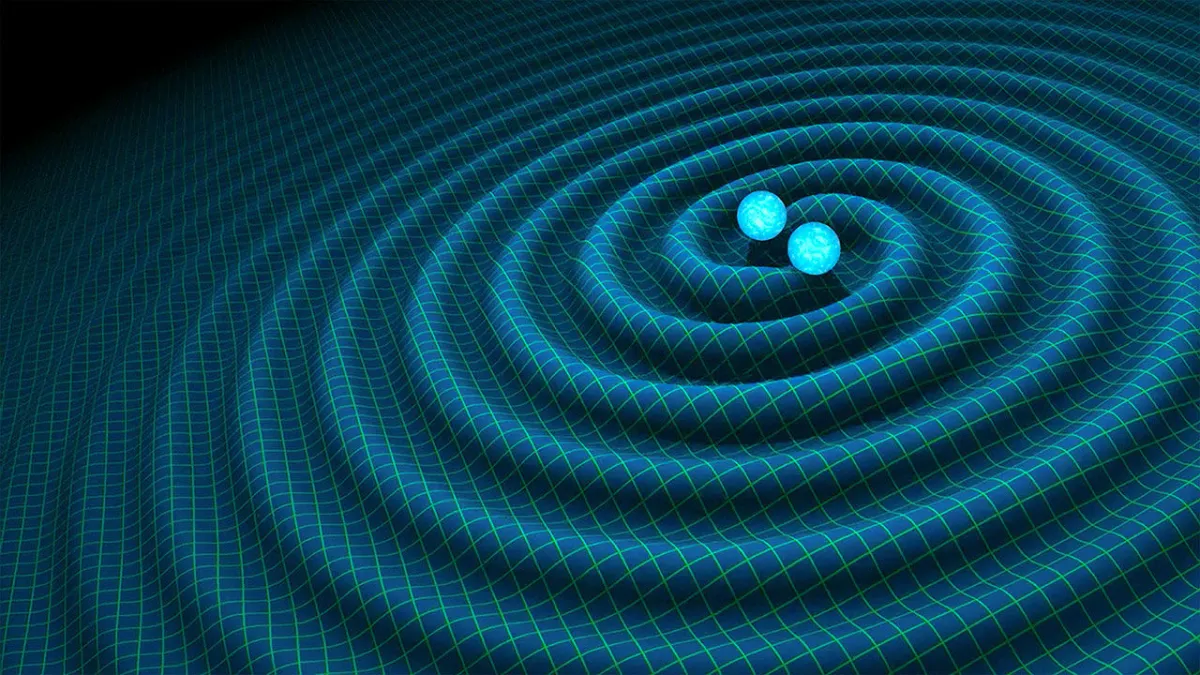Observing black-hole formation in gravitational-wave events
Using ANU's SkyMapper Telescope we follow up on gravitational-wave events from LIGO/Virgo to characterise the ejecta from neutron-star collisions.
Research themes
Project status
Content navigation
About

The gravitational-wave detectors Advanced LIGO and Virgo observe binary merger events, where two neutron stars merge to form a black hole, or a neutron star merges with an existing black hole. LIGO/Virgo point us to the regions of sky, where the event happened. We then use the ANU SkyMapper Telescope in rapid alert mode to search the relevant sky area for luminous objects that we have not seen before, and monitor their lightcurves to characterise the nature and behaviour of the ejecta emanating from the merger event. We will also learn about the typical sites of these events by observing their host galaxies. This will help to constrain how the neutron star binaries formed in the first place.

